Painted Cliffs in Maria island, Tasmania- A must-see Geotourism destination
The Painted Cliffs of Maria Island
The Painted Cliffs of maria island are located in the Tasman Sea, off the east coast of Tasmania, Australia. The beautifully patterned sandstone rocks exposed along the shore were caused by groundwater percolating down through the porous sandstone rocks and leaving traces of iron oxides. The formation is carved out by sea wave action. The regular patterns of red, orange, and yellow bands and rings are due to fractures, joints and layers present within the sandstone. Painted Cliffs are one of Maria island’s most popular tourist destinations. The entire island and the ocean around the painted rock is a national park full of birds, animals, and marine life.
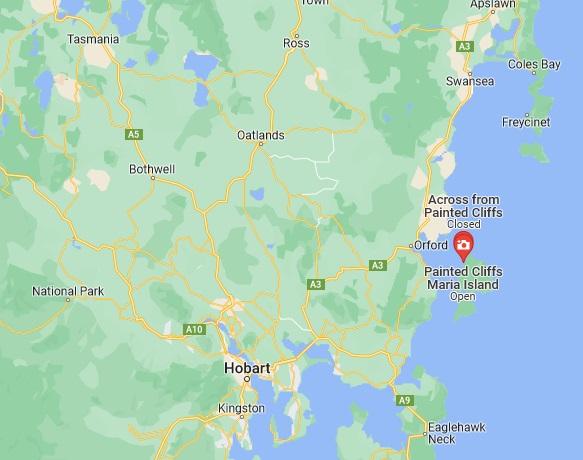
Apart from the painted patterns, rocks here are weathered by salt crystals from sea spray, which has created a beautiful honeycomb pattern. Fragments of salt crystals worn by the water gradually make small potholes and notches into the surrounding cliff.
How was the painted cliff formed?
Tasmania’s coastline has rugged and spectacular topography, With unique and fascinating geology, Maria Island is a top destination for the geologist. The cliffs are accessed when a low tide and sea is showing calmness, the tidal pools surrounding them make for an excellent snorkeling place. The cliffs are beautiful and intriguing, during midday, but come fully attractive on a sunny afternoon when the evening light strikes the pale sandstone, warming it in golden colors and creating a photographer’s paradise. The Painted Cliffs are made up of Triassic sandstone when large rivers deposited deep layers of sand across broad flood plains some 200-250 million years ago into the Tasman sea.
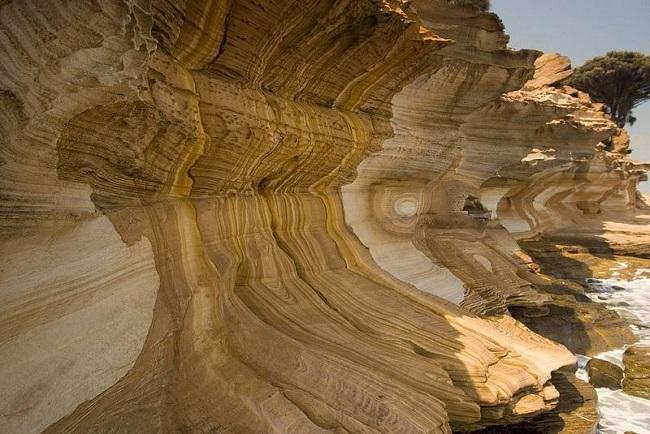
The sediments deposited here came from two prominent hills known as Bishop and Clerk and Mt. Maria, located at the upper point of Maria island. The iron oxide patterning was deposited much more recently, within the last 10 million years, when Tasmania was experiencing a monsoonal climate. Rainfall events leached out iron from the dolerite rocks above the sandstone, seeping into the softer rock. The monsoonal phase was then followed by periods of extreme dryness, which drew the water back to the surface, leaving the iron oxide stained behind to be eroded and exposed by rising sea levels to reveal the patterns.
Best Way to Lose your Weight-Click here
The Fossil Cliffs
The most striking place on the Island is Skipping Ridge and the Fossil Cliffs. Towering over 100m in places the fossils are Exposed by weathering and erosion, the Fossil Cliffs provide some of the most prolific and best-preserved fossils you will see in Tasmania.
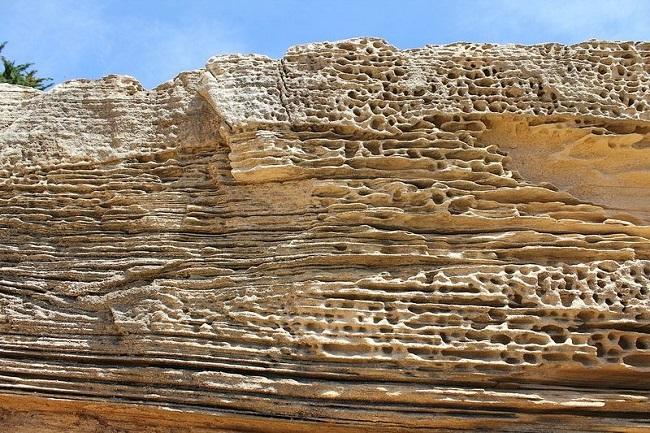
These fossilized limestone beds formed early Permian, some 300 million years ago, when Tasmania was part of the supercontinent of Gondwana, a Sea transgression has occurred and much of Tasmania island, leveling out mountains and deep fjord-like valleys. Shallow seas penetrated far inland across much of Australia. The layers of mudstone and siltstone began to accumulate and in this cold shallow sea, marine life flourished. The most prominent particular bivalve mollusks, the most common and well-known being trigonia shells.
Best way to lose your Weight-click here
As these animals died due to the regression of the sea, their shells built up and compressed into the limestone layers we see now. Apart from limestone and fossils, many drop stones have been seen, usually rounded and smooth from being tumbled and eroded by flowing water and ice. This suggested that the area was once part of the Ice age and Glaciers. The dropstone was carried here by glaciers and icebergs and then dropped onto the shallow seafloor as the ice melted, being incorporated into the seabed.
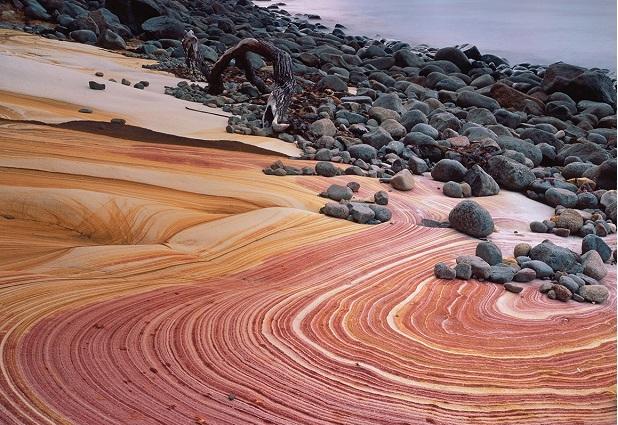
The Fossil Cliffs played a major role in Maria Island and it was the limestone that brought the Fossils in light. in the early 1920s a cement factory is open up Although short-lived and ultimately unsuccessful, it briefly transformed the island into a center of industry, and also cut out vast areas of the cliffs, making viewing the fossils much easier for visitors.
Also, read- The Pacific Ring of Fire and Its great Importance
The Painted Cliffs Trail
The hike to the Painted Cliffs is one of Tasmania’s great trails, is The 4.4-kilometer one-way. The trail begins by heading south on a gravel road that gently inclines along the coast. After a few kilometers, visitors come to Hopground Beach. The Painted Cliffs are at the end of the beach. The treks are reasonably short and accessible for Geotourist. The trail is a nice wide path, mostly flat, and leading to the beach. To get from the beach to up close on the cliffs, you have to arrive at or around low tide. It’s not safe or accessible to climb up on the rocks at high tide. Along the trails, visitors can see various species of wildlife. Maria Island has been a national park since 1972. The island is only 20 kilometers by 13 kilometers. Due to its relatively small size, it’s easily visited as a day trip from mainland Tasmania.
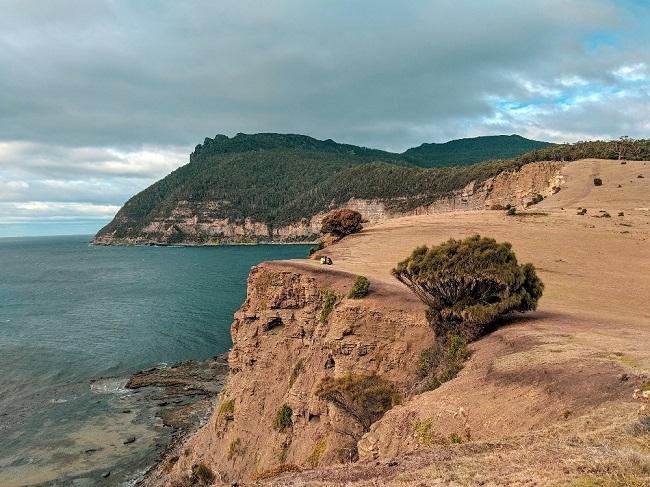
How to Get There
The painted cliffs are a National Park in the Tasman Sea. Thousand of visitors visit the east coast summer town of Orford. Tourists can catch a morning ferry from the east coast town of Triabunna just north of Orford. The ferry docks at Darlington on Maria Island. The drive from Hobart to Triabunna is about 85 kilometers. Launceston is a 187-kilometer drive while Devonport is 268 kilometers to the northwest.
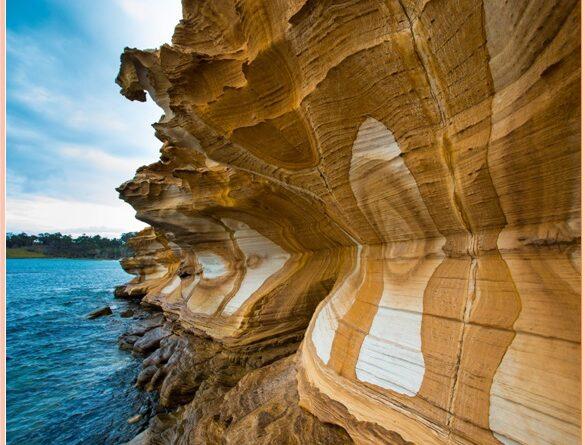
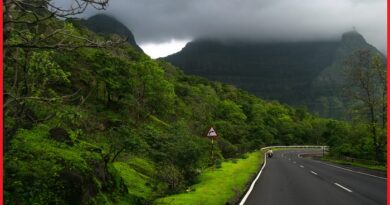
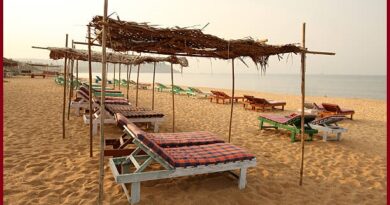
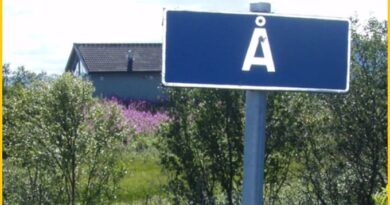
Pingback: Split Apple Rock-A Giant Boulder in Crystal clear water of Tasman bay - Geotourism